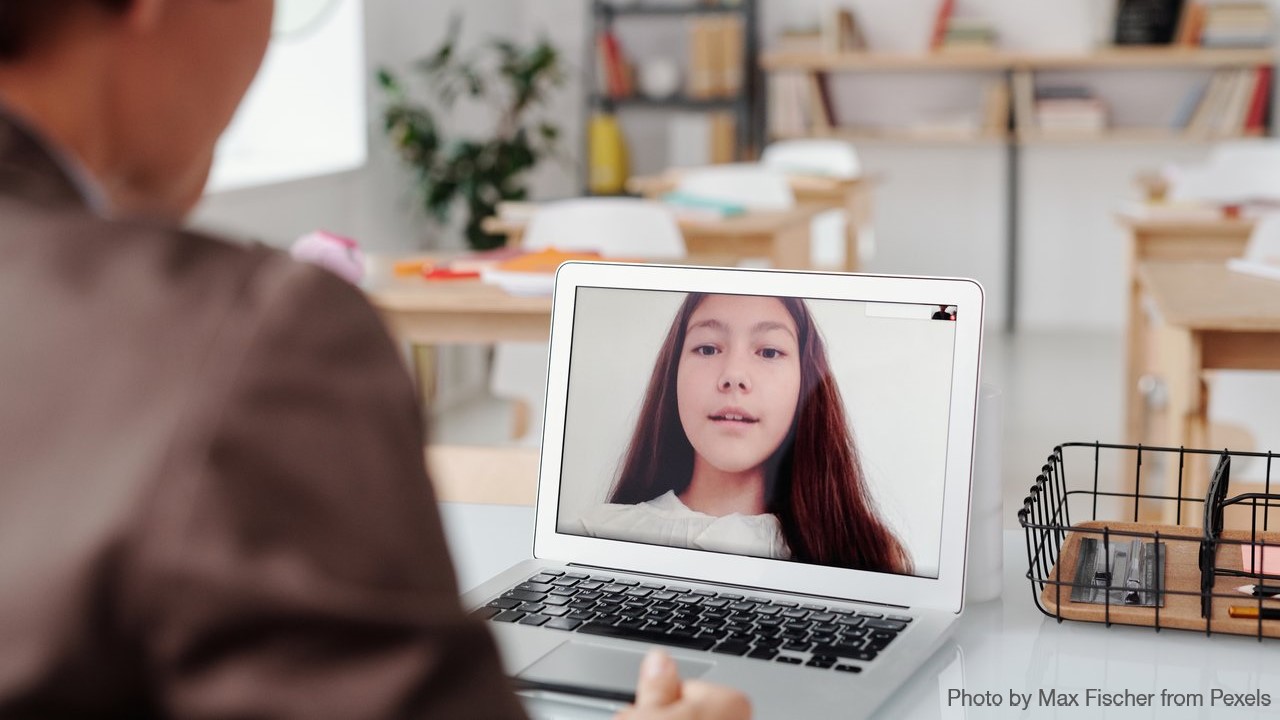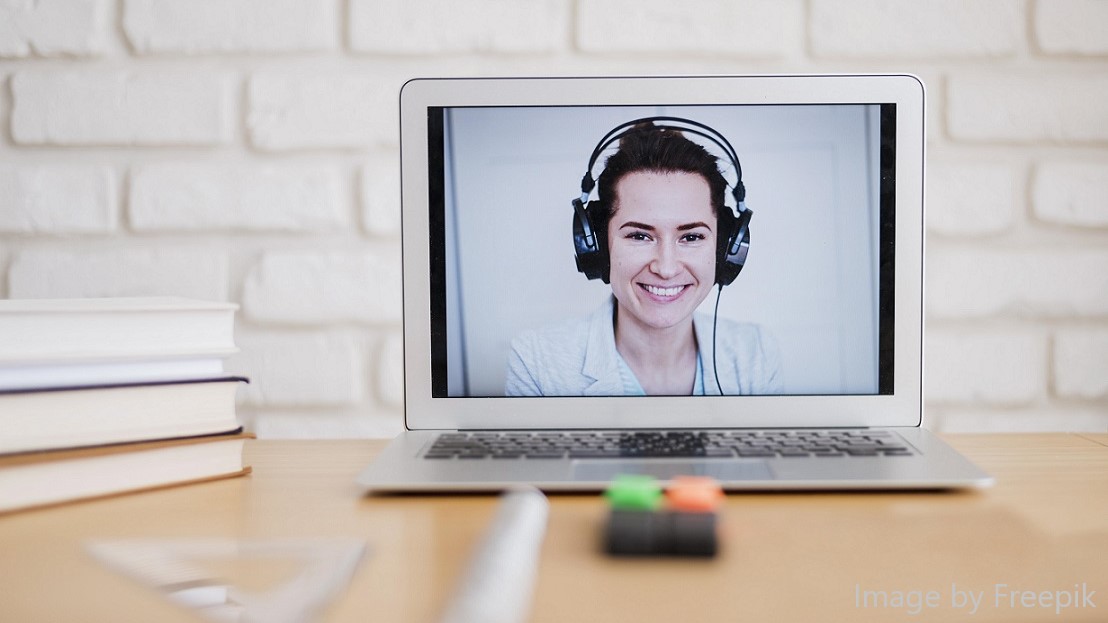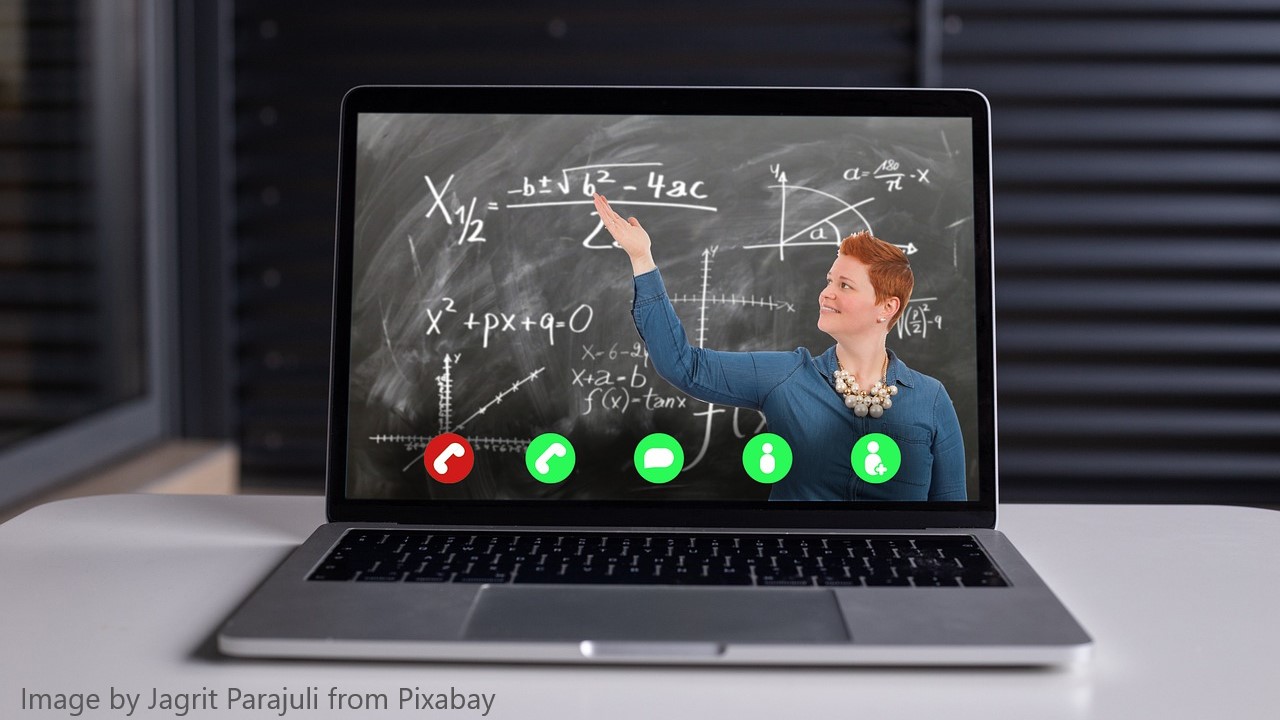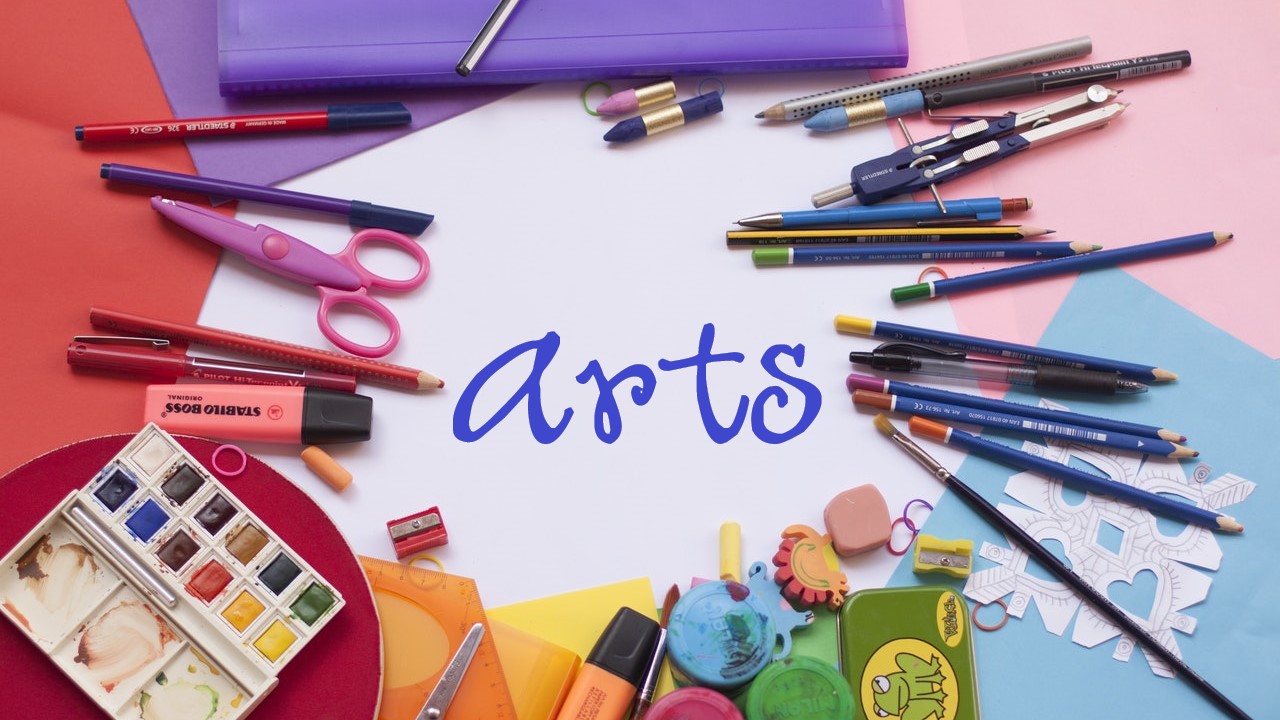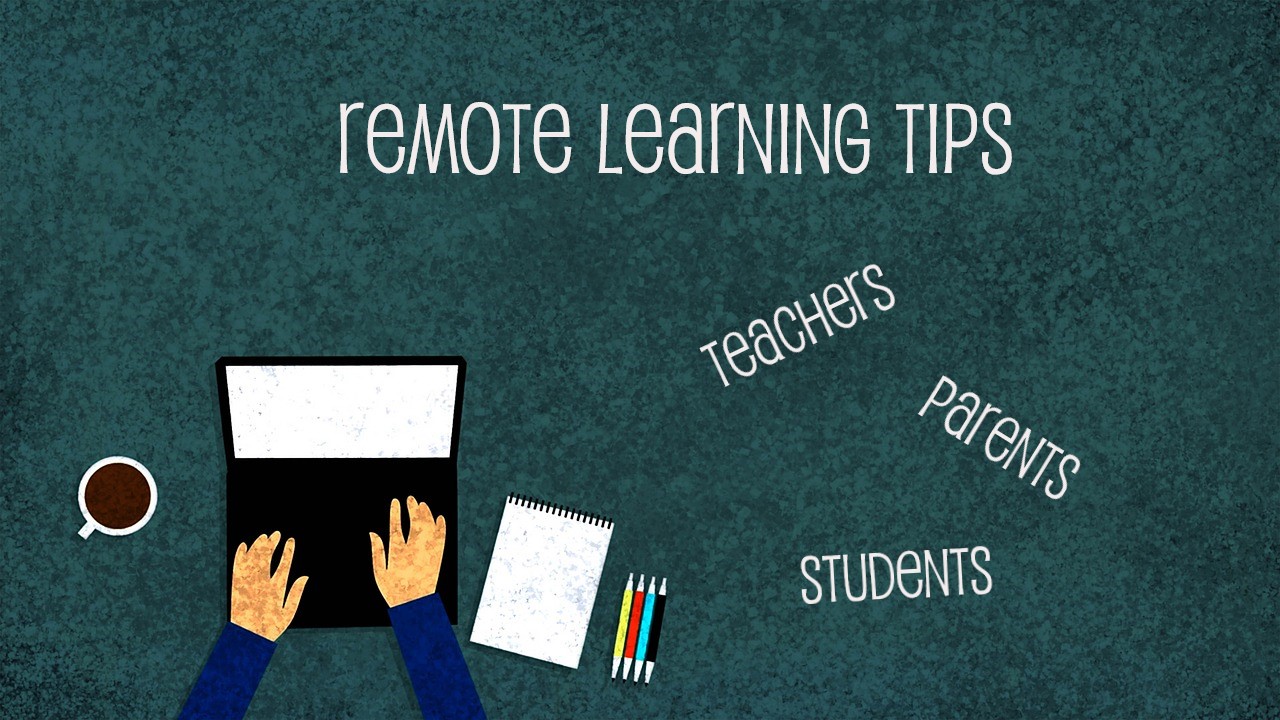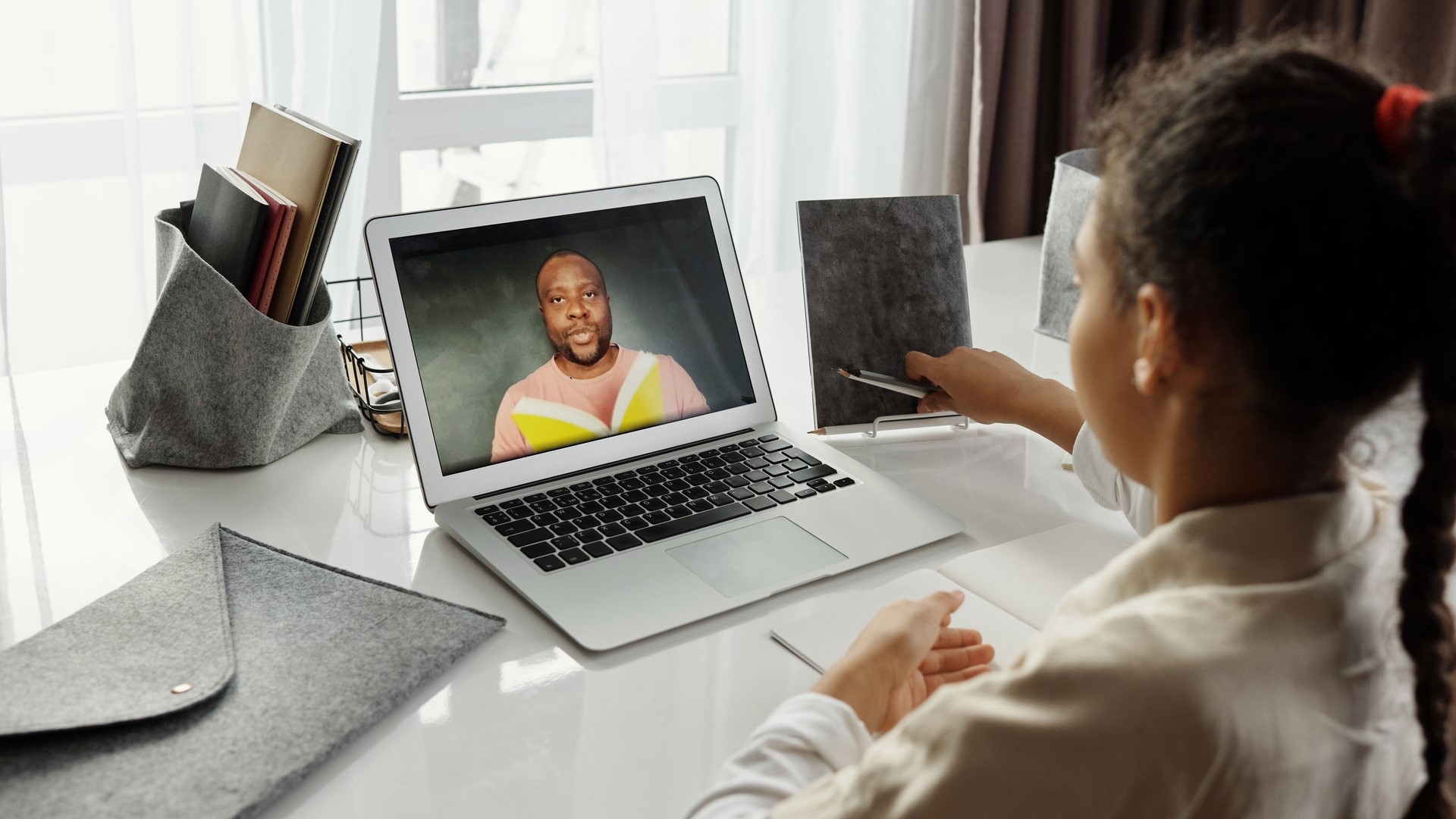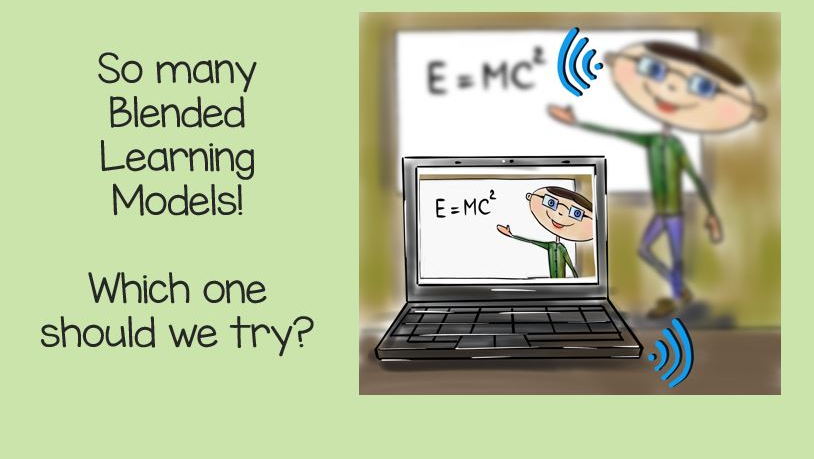As most of us have experienced, heard from friends, or seen on the news, remote learning has its challenges. Difficulties have ranged from tech glitches and connection issues to students not showing up to any live virtual lessons. In addition to these challenges, teachers are making every effort to tailor instruction for students with special learning needs, including regular review of students’ Individualized Education Programs (IEPs) and/or 504 plans. This can be quite overwhelming for everyone involved, especially the parents at home trying to balance home responsibilities with their child’s specialized needs. How can all involved work together to support the child? Here are some recommendations to consider:
Remote Learning and Supporting Students with Special Learning Needs
Topics: tips fpr teachers, distance learning, distance teaching, student learning, remote learning
Coming into this new school year has been a mixed bag of emotions for everyone: anxiety, disappointment, frustration, excitement, sadness. Because many schools are starting the year with remote learning, add stress and hopelessness to the list especially for those juggling more than one child in school, work responsibilities, and maintaining some semblance of balance at home. There are quite a few social media posts of children trying hard to be excited for learning online but struggling (haven’t we all seen the little boy lying across his chair out of view of his teacher during a virtual session?!). Understandably, this leads to concerns of substantial learning loss for our students.
Topics: Student Engagement, distance learning, student learning, remote learning
I love feedback. I appreciate how feedback has helped me to improve in different aspects of my life. I believe in giving feedback that makes someone feel good about a job well done. For me, feedback is essential to growth! Yet, I can remember countless afternoons struggling to write feedback on all my students’ essays before the next class session. I wanted to be thorough and write about all of the points I’d reference in the lessons but my hands would cramp, my brain was mush, and by the last student’s paper I was barely writing a sentence or two that I hoped would help them improve. It wasn’t until a colleague showed me what she did — quick notes on each student’s work as she walked around and observed them during independent work time — that I began to feel like my time was being used more effectively and my students were able to implement recommendations as they worked. I also found that because I was saving time, I could talk with each student and really understand their comprehension and academic needs. Those quick convos with each student were some of my favorite times as a teacher.
Topics: Student Engagement, tips for teachers, distance teaching, student learning, effective feedback
Talking about math is more than merely describing the steps in solving a problem (“First, add the ones, then the tens. If you need to regroup, do that.”). Math discussions are focused on the process of working towards a solution, understanding how others’ think about that process, and developing a plan for similar problems. Students should be pushed to think beyond an explanation of steps to an explanation of process, including making errors and how those were resolved. They should also be encouraged to use different methods and tools when solving a problem, then sharing these ideas with others to build a bank of strategies. In a physical classroom, this can be challenging so how can it be done while distance teaching? More than that, how can it be done successfully?
Topics: Math, Student Engagement, tips for teachers, distance learning, distance teaching, student learning
Topics: Student Engagement, STEAM, teacher resources, steam education, student learning
Whatever our opinions are on in-class vs remote learning, the unpredictability of coronavirus has necessitated that many districts opt for the latter to ensure the safety of teachers, school staff, and students. That being the case, the following are helpful tips for teachers, parents, and students.
Topics: tips for teachers, Parent resources, distance learning, distance teaching, online learning, student learning, remote learning
As more and more school districts are making decisions about schools reopening and how learning will take place, an approach that is being considered is blended learning. It is doubtful that many have not already heard of blended learning so let’s refer to its simplest form – bricks and clicks learning (‘bricks’ is face-to-face learning in a physical classroom; ‘clicks’ is online learning in a virtual classroom). Most teachers and students have experience using desktops, laptops, and/or tablets to do things such as research information or take state tests. So, bricks and clicks is familiar and in some cases a whole school initiative.
Topics: Student Engagement, tips for teachers, blended learning, student learning
It’s doubtful that you haven’t already heard of the concept of blended learning, but just in case, this approach combines face-to-face learning with online learning experiences. Basically, blended learning changes what has been traditionally ‘front-of-class’ style of lesson delivery to incorporating digital tools and features to create a more interactive and engaging experience. Blended learning used to be a novel idea that some teachers saw as an innovative opportunity to explore, but it has become more necessary as learners – digital natives – spend more time creating and viewing content on web-enabled devices (think Instagram, YouTube, and TikTok).
Topics: Education Technology, distance learning, distance teaching, blended learning models, online learning, student learning

